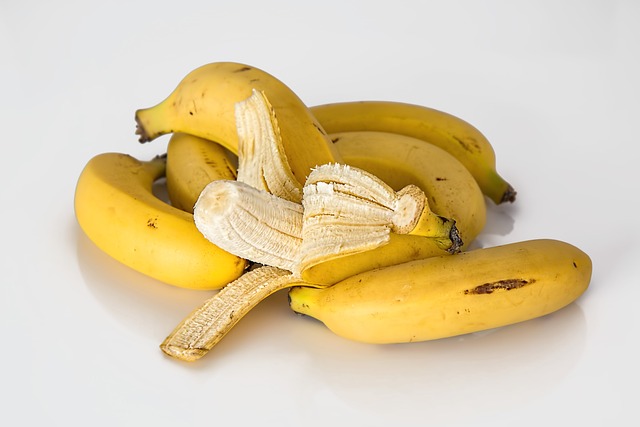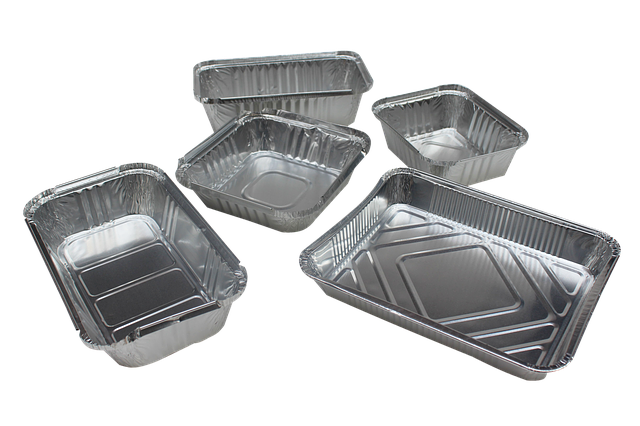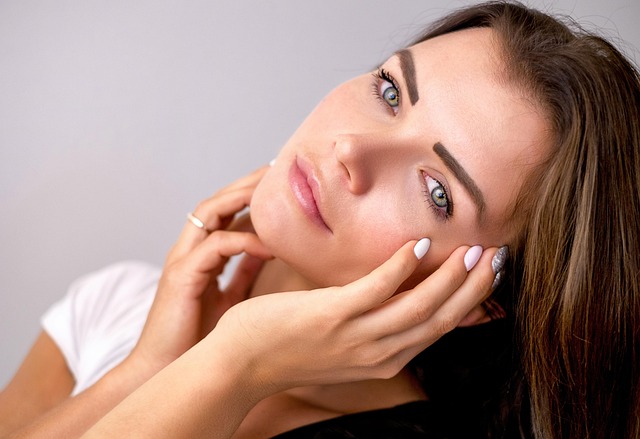Skin resurfacing peels are non-invasive dermatological procedures using chemical treatments to transform skin texture and appearance. These processes involve applying acidic solutions to remove dead cells, stimulate new collagen production, and address concerns like fine lines, wrinkles, acne scars, and uneven skin tone. Superficial peels use mild acids like glycolic or lactic acid, while medium-depth peels like TCA target both epidermis and upper dermis. Deeper options, such as phenol peels, offer dramatic results but require careful consideration. Medical-grade chemical peels, tailored to specific skin concerns like acne scars, hyperpigmentation, and sun damage, offer safe and effective skin rejuvenation with proper aftercare and consultation with a dermatologist.
Medical-grade chemical peels are a revolutionary skin resurfacing technique gaining popularity in the beauty industry. This comprehensive guide delves into the intricate world of skin rejuvenation, exploring ‘skin resurfacing peels’ as a potent tool for transforming skin texture and appearance. From understanding the science behind their effectiveness to uncovering various types and benefits, this article offers an authoritative overview. Learn about the procedure, recovery process, potential risks, and safety precautions, empowering you with knowledge before considering this transformative treatment.
Understanding Skin Resurfacing Peels: A Comprehensive Overview

Skin resurfacing peels, a specialized procedure in dermatology, offer a non-invasive approach to transforming skin texture and appearance. These medical-grade chemical treatments involve applying acidic solutions to the skin’s surface, gently removing dead cells and stimulating new collagen production. The process helps to improve various skin concerns, including fine lines, wrinkles, acne scars, and uneven skin tone.
Understanding skin resurfacing peels involves grasping the science behind different peel strengths and active ingredients. Superficial peels, for instance, use milder acids like glycolic or lactic acid to exfoliate the top layer of skin. Medium-depth peels, such as trichloroacetic acid (TCA) peels, penetrate deeper, targeting both the epidermis and upper dermis for more significant improvements. Deeper peeling options, like phenol peels, are reserved for severe cases, offering dramatic results but requiring careful consideration due to potential side effects and downtime.
The Science Behind Medical-Grade Chemical Peels

Medical-grade chemical peels are a powerful tool in dermatology, offering a non-invasive approach to skin resurfacing peels. The science behind them involves carefully selected chemicals that gently exfoliate the outer layers of the skin, revealing smoother, more youthful-looking skin beneath. This process stimulates collagen production and helps eliminate fine lines, wrinkles, and various skin imperfections.
These peels differ from over-the-counter alternatives in their strength and precision. Dermatologists tailor the peel’s composition to address specific skin concerns, using a combination of active ingredients such as salicylic acid, lactic acid, or trichloroacetic acid (TCA). Each acid has unique properties, making them suitable for different conditions, including acne scars, hyperpigmentation, and sun damage. The procedure is carefully monitored to ensure optimal results while minimizing side effects.
Types of Skin Resurfacing Peels: What's Available?

When it comes to skin resurfacing peels, there’s a vast array of options available today, each tailored to address different skin concerns. These treatments use chemicals to gently exfoliate the top layers of skin, revealing smoother, brighter, and more even-toned skin beneath.
The most common types include alpha hydroxy acids (AHAs) like glycolic acid, beta hydroxy acids (BHAs), and trichloroacetic acid (TCA). AHAs are known for their ability to dissolve dead skin cells, reducing fine lines and wrinkles. BHAs penetrate deeper into pores, making them ideal for treating acne scars and congestion. TCA peels are stronger and often used for more severe skin issues like deep wrinkles or sun damage. Each peel has its own strengths and weaknesses, so consulting a dermatologist is crucial to determine the best option for your specific needs.
Benefits and Applications: Who Can Benefit from These Treatments?

Medical-grade chemical peels offer a plethora of benefits for those seeking advanced skin rejuvenation. These treatments are designed to improve skin texture, reduce the appearance of fine lines and wrinkles, and address various skin concerns. The key advantage lies in their ability to promote skin resurfacing, effectively removing layers of damaged skin to reveal smoother, more youthful-looking skin below.
Suitable for a wide range of individuals, skin resurfacing peels are especially beneficial for those experiencing signs of aging, such as facial wrinkles and loss of skin elasticity. They are also effective in treating acne scars, hyperpigmentation, and uneven skin tone. Whether it’s a celebrity seeking a glamorous glow or someone wanting to enhance their overall complexion, these medical-grade treatments provide a safe and powerful solution for achieving radiant, rejuvenated skin.
Procedure, Recovery, and Aftercare: What to Expect

Procedure, Recovery, and Aftercare: What to Expect
Medical-grade chemical peels, a skin resurfacing technique, involve applying strong acids or chemicals to gently exfoliate layers of damaged skin. The procedure is typically quick, often taking just 20-30 minutes. During the session, a healthcare professional will carefully apply the peel to your face, ensuring even coverage. Mild discomfort or stinging sensations may occur, but these usually subside quickly.
After the peel, recovery time varies depending on the intensity of the treatment. You can expect redness and irritation, similar to a sunburn, which usually subsides within a few days. It’s crucial to follow aftercare instructions diligently. This includes keeping your face clean, moisturized, and protected from the sun. Avoid strenuous activities and certain skincare products for the first 24-48 hours. With proper care, your skin will start to heal, revealing smoother, more youthful-looking skin within a week or two.
Safety Precautions and Potential Risks: Staying Informed

When considering medical-grade chemical peels for skin resurfacing, it’s crucial to stay informed about safety precautions and potential risks. These procedures, while effective in enhancing skin texture and reducing signs of aging, carry inherent dangers if not administered correctly. Understanding the active ingredients and their concentrations is essential; different peptides and acids have varying levels of aggressiveness, and improper use can lead to skin irritation, redness, or even chemical burns.
Moreover, consulting with a qualified dermatologist beforehand is vital. They can assess your skin type, medical history, and specific concerns to recommend suitable peels and guide you on post-treatment care. Following their instructions diligently helps mitigate risks such as hyperpigmentation, dryness, and infections. Staying informed ensures a safe and successful skin resurfacing experience.
